The Best Programming Languages for Data Science
Data science is one of the most exciting and rapidly growing fields in technology today, and programming languages are at the heart of it all. With so many programming languages out there, however, it can be difficult to know which ones are best suited to data science tasks. In this article, we’ll explore the best programming languages for data science, including their strengths and weaknesses, as well as their use cases and industry applications.
Programming Language #1: Python
Python is the most popular programming language for data science, and with good reason. Its intuitive syntax, vast array of libraries, and ease of use make it an ideal choice for data analysis, visualization, and machine learning. Python’s popularity has also led to the development of many data science frameworks, such as NumPy, Pandas, and Scikit-Learn, which make it easy to work with large datasets.
Programming Language #2: R
R is another popular programming language for data science, and is especially well-suited for statistical analysis and visualization. It has a vast collection of libraries, including the widely used ggplot2 and dplyr, which make it easy to manipulate and visualize data. While R can be more difficult to learn than Python, it offers a powerful set of tools for data analysis and modeling.
Programming Language #3: Java
Java may not be the first language that comes to mind when you think of data science, but it has many advantages for large-scale data processing. Its object-oriented architecture makes it ideal for building complex applications, and its speed and scalability make it well-suited to handling large datasets. Java is also a popular choice for developing machine learning algorithms, and its compatibility with other technologies makes it a versatile option for data science tasks.
Programming Language #4: Other Languages
In addition to Python, R, and Java, there are many other programming languages that can be used for data science, including SQL, Scala, and MATLAB. Each language has its own strengths and weaknesses, and the choice ultimately depends on the specific needs of the project and the skills of the data scientist.
Conclusion
Choosing the right programming language is a crucial decision for any data scientist. The best language for the job depends on the specific needs of the project, as well as the skills and preferences of the data scientist. Whether you choose Python, R, Java, or another language, the important thing is to keep learning and experimenting with new tools and techniques. With the right programming language and a solid foundation in data science principles, you can unlock the full potential of your data and make meaningful contributions to your organization.

